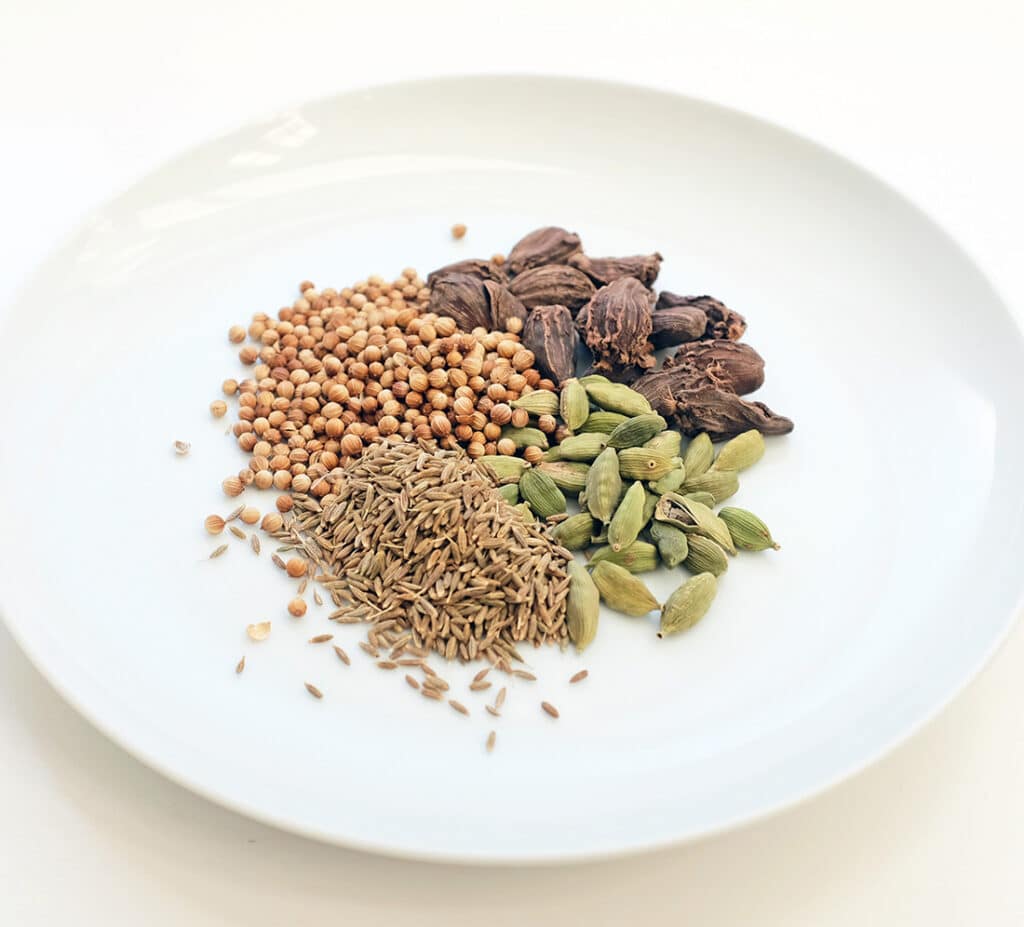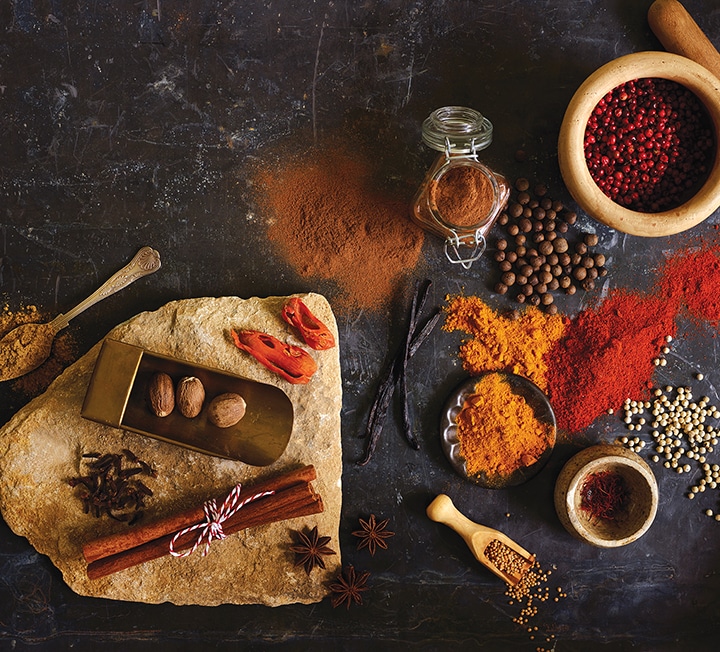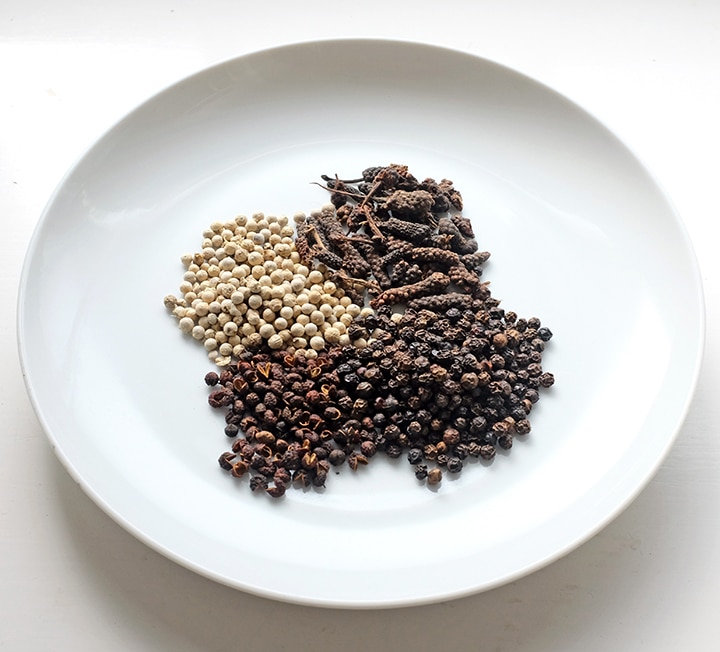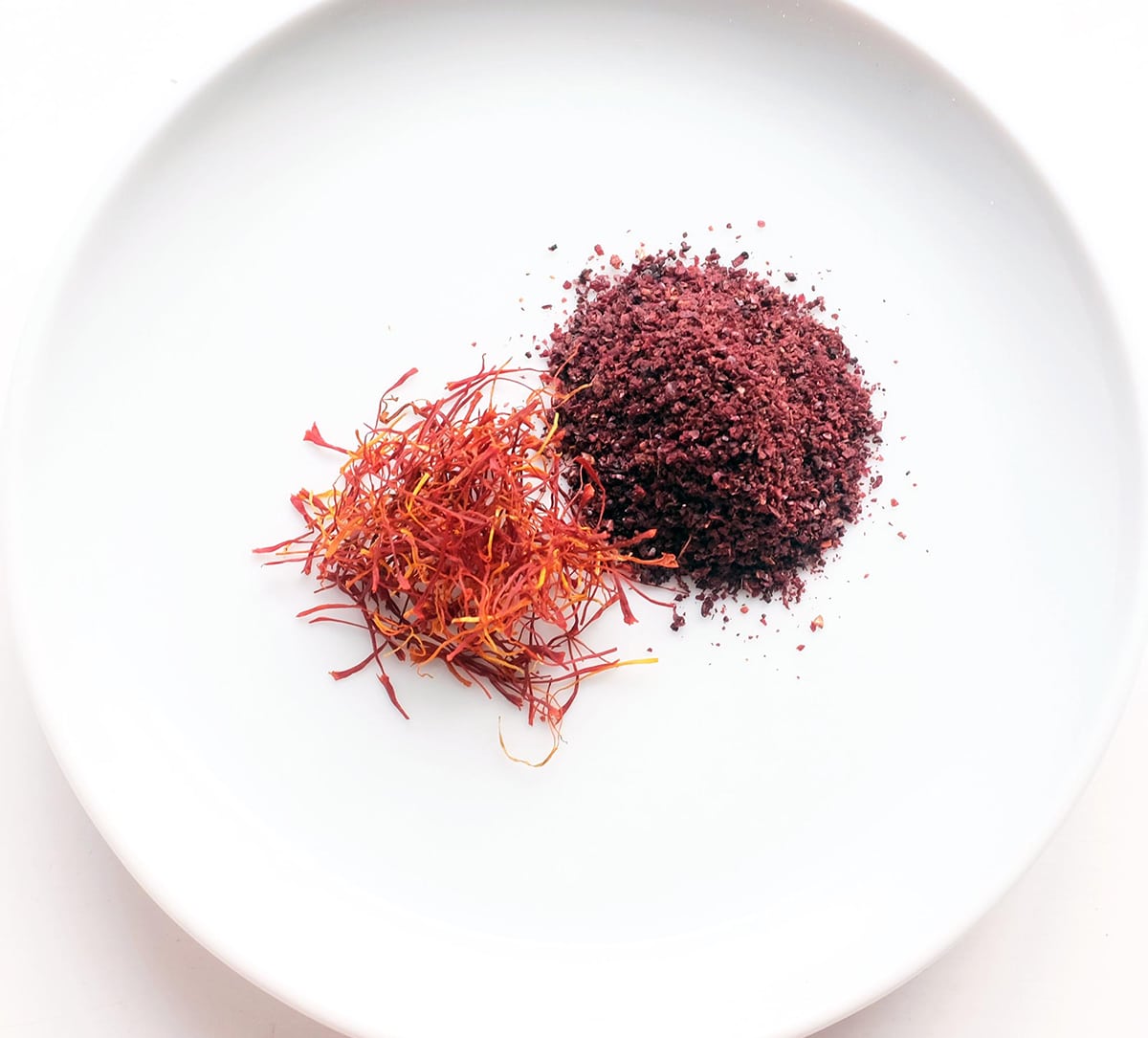The spice series: coriander, cumin & cardamom
Ed Smith takes an in-depth look at the many spices available at the Market. This time: coriander, cumin and cardamom


“IN CONTRAST TO THE ALMOST AGGRESSIVELY HERBACEOUS TOP, CORIANDER SEED HAS A COMPARATIVELY SUBTLE FLAVOUR”
Image: Ed Smith
We turn now to the curry spices. Well, to coriander, cumin and cardamom: three spices that are synonymous with the cuisine of the Indian subcontinent… and yet only one of which is indigenous to that region. Intrigued? Read on.
Coriander
Though used (and grown) prodigiously in India, coriander was originally a Mediterranean plant. In fact, we should really consider it a global crop rather than an Indian one, as it is cultivated in (among other places) Russia, Mexico, Morocco and Australia, with the seeds and leaves used in traditional recipes from Cyprus and Greece, the Middle East, south-east Asia, Central America… heck, it’s even been common in British cooking since Roman times: look carefully and you’ll see it’s a key component to many recipes for preserved meats, chutneys, distilled spirits, beer and more.
For this series, we are, of course, talking about coriander seed, not the plant loved by many but hated by the few who are biologically predisposed to tasting detergent rather than perfumed citrus and grassy notes.
Those seeds are a fruit, which come to prominence when a coriander plant is left to flower and then die back. Though initially green, the seeds lighten and eventually turn brown when sun-dried. To finish the harvest process, the dried seeds are shaken from stems in their tens and hundreds.
In contrast to the almost aggressively herbaceous top, coriander seed has a comparatively subtle flavour. I find it warming, mellow and nutty with faintly orange-like citrus top notes.
To my mind, it’s imperative that you store coriander in seed not ground form, lightly toasting the requisite amount (to warm and release its aromatics) immediately before grinding in a mortar and pestle and using as required in your recipe. The flavour is much, much better than that found in ground coriander that’s sat in a pot for any length of time.
For something a little different, try Spice Mountain’s Indian-grown coriander seeds – labelled dhania – which are a tear-drop rather than spherical shape, and have a more pronounced floral and earthy flavour than the coriander more often seen on these shores.
Cumin
Cumin is the world’s second most used spice after black pepper. It’s an important, nay, essential characteristic of the foods of the Middle East, India, north Africa, Central and South America, Spain, Italy, Germany, Thailand and more.
Like coriander, cumin seeds are the fruits that hang around after the flowering plant begins to lose its bloom. They’re a flatter, longer seed than coriander (confusingly similar to caraway) and are normally brown in colour. I note, though, that there is a ‘black cumin’, which is perhaps a little sweeter than the brown (and is not to be confused with nigella seeds).
The flavour of cumin is distinctive, unmistakable, unique and ultimately quite hard to describe without saying “tastes like cumin”. I get musk, lemon zest and ‘spice’, but I’m not sure that’s particularly helpful. More definitively I can write that, as with coriander, you’re much better off buying and storing cumin seeds whole, toasting and grinding them when required (or often just toasting and leaving them whole).
Originally from Egypt, cumin is now cultivated in Iran, Turkey, India, China, Japan, Chile and Somalia.
Cardamom
And so to cardamom, the only one of our triptych of curry spices to be indigenous to India (and Sri Lanka). This tropical spice has two forms: ‘true’ green cardamom and ‘false’ black cardamom, the latter found more commonly in the Himalayas (Nepal, Bengal and Bhutan).
Green cardamom is the world’s third most expensive spice by weight (after saffron and vanilla), but it packs a heavy punch so you get rather a lot for your dollar. The flavour of green cardamom is intense, resinous, eucalyptus-like… and has spoilt many a pilau rice for eaters chowing down without looking. Nevertheless, fans will note that it has a unique quality that enhances both sweet and savoury dishes.
Cardamom is normally traded in whole pods. There is a wide variety of sizes (walk through a spice market in India and marvel at the different grades), the larger often being more powerful in aroma. But you can also buy cardamom seeds already removed from the pod and indeed, those same seeds ground to a powder (all are available at Spice Mountain). Though the ground form loses its flavour over time, it’s not the worst idea ever to have both whole and powder in your cupboard; Spice Mountain’s ground cardamom is remarkably good, and one of my most regularly dipped into pots.
Some Indian recipes require whole cardamom pods to be ground down; it’s necessary to use a good spice grinder for this, or have a particularly abrasive pestle and mortar technique.
Black cardamom has a similar if cooler aroma and flavour to its ‘true’ cousin. Most significantly, its flavour is smoky, because the blackness comes from the cardamom pod being dried over an open fire. As with green cardamom, depending on the recipe, you can use it whole, grind it whole (very finely), or grind the seeds only.
Culinary uses
Coriander is present in a huge number of cuisines. However, it usually sits quietly in the background, providing an earthy depth, while fresh herbs (its namesake) or other spices (cumin, cardamom, turmeric) take the plaudits. Which doesn’t mean it’s not vital, whether as an aromatic, whole in chutneys and brines, as a seasoning in a Mexican chilli or Indian curry paste. I think it’s particularly good when involved with rich beef stews (whether western, or something like a rendang or madras).
Cumin, on the other hand, hogs the limelight. As we know it is essential in Indian cooking, but some of its standout uses are elsewhere. Look for it sprinkled over Mexican-style grilled corn (butter, ground cumin, salt and lime zest and juice). Roasted roots like carrot and beetroot love it, and lamb and pork are big fans (think roast shoulder of lamb, or crisp pork belly seasoned with cumin and a squeeze of lemon juice). It’s even used as an aromatic to flavour liqueurs, like the German kummel.
How and where to use cardamom? The first things that come to mind are savoury dishes. For example, whole pods are tapped and dropped into rice dishes – both Indian and Persian – to impart aroma as the rice cooks. Ground cardamom is integral in many Indian spice mixes too. But perhaps things get more interesting when we move into sweeter treats. Apparently, 60 per cent of the world’s cardamom goes to Arab countries, where it plays an important part in the coffee ritual – that eucalyptus or menthol-like quality pairs beautifully with the bitterness of coffee beans. In fact, other cultures have tapped into the match too: across south-east Asia, cold, thick and sweet coffee syrup infused with cardamom and cinnamon is poured over bananas for breakfast and the Scandinavians have shown that there is no better flavour match than that of a strong coffee and an equally strongly spiced cardamom bun.
Market spice heroes
Tip of the hat to street food traders Gujarati Rasoi whose food makes use of all three of these spices, and also serves cumin-pimped rice as standard.
Perhaps more unexpectedly, I stumbled across the East London Liquor Company’s Batch No 2 gin, in which coriander seed is a dominant aromatic. It’s a beautiful, savoury gin and one worth taking home.
See Ed’s recipe for spiced yoghurt whole roast cauliflower.


